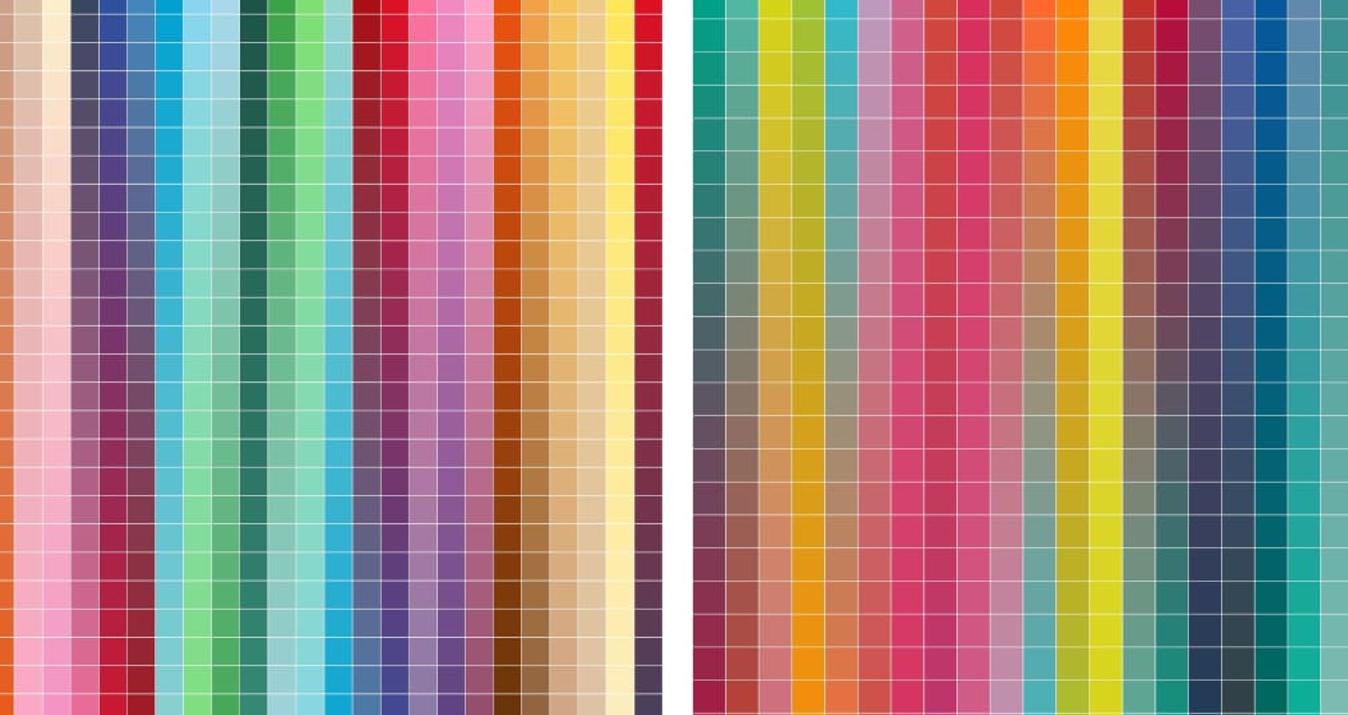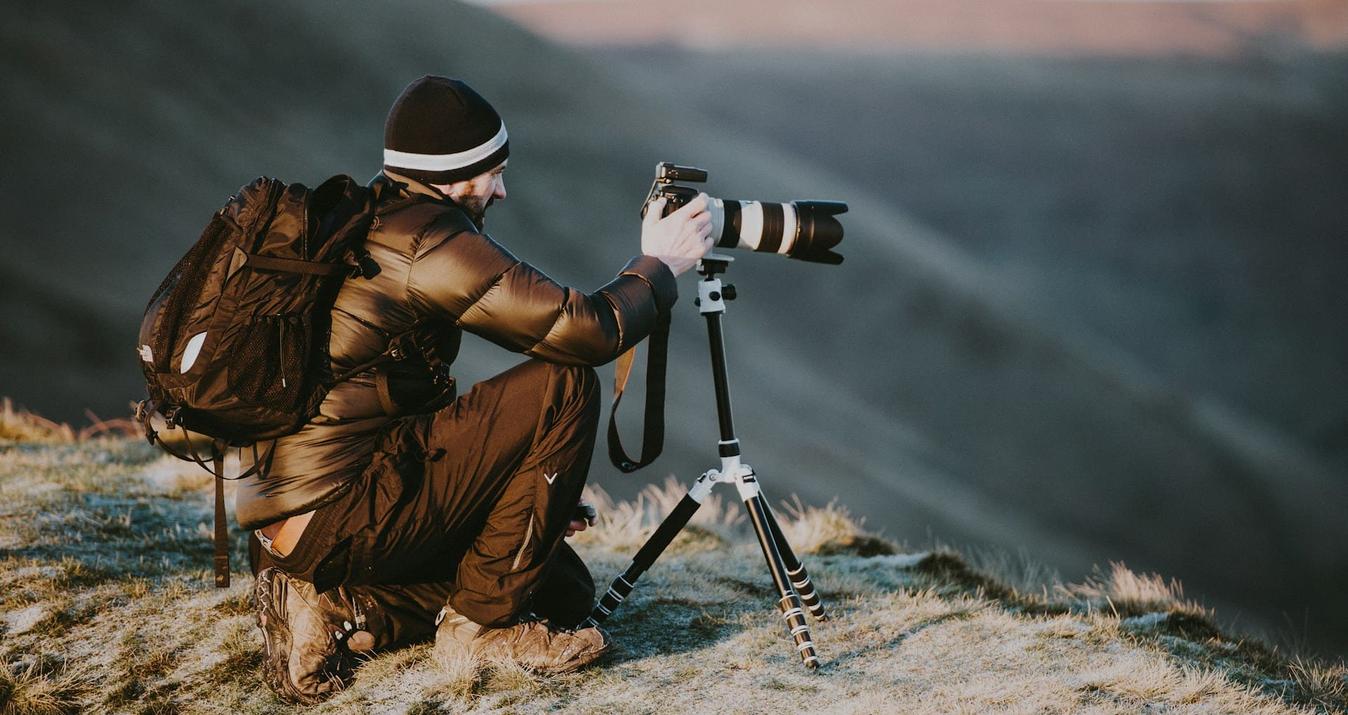9 Food Photography Tips to Make Tasty Treats Look Enticing
September 15, 2017

Food photography has become a very lucrative and competitive genre. Skylum offers nine tips to help make your culinary photos stand out.
Photographing delectable menu items is now a “thing” like never before. From “foodie” blogs to restaurant menu photos, there’s a real market for outstanding food shots. Whether for your own use, client assignments or just more images for your stock site, cuisine photos should make your viewers’ mouths water. Let’s explore a few tips that will help.
Don’t Worry about Complex Lighting
Food photos are about what’s on the plate. Unlike portrait photography, you don’t need to worry too much about modeling shapes and structuring shadows. A single, diffused light source should be enough in almost all situations.
An open window or a softbox will work nicely. Placement of the food and the light source should take care of the rest. Think about how your viewers would be seeing the subject in a restaurant or kitchen – no one is going to be worried about fill light. Try to make the setting look natural. (If you’re actually on location, use the available light.)
Focus on the Details
Showing off a great entrée, dessert or other food item is a matter of showing its best qualities. The textures, colors and aromas are a big part of what makes a dining experience more than just a meal.

Obviously, you can’t actually capture the aroma of a subject, but you can strive to convey the impression. The juices seeping from a cut of meat, the steam rising from a plate and similar touches can make all the difference in how viewers react to your shot.
Try Different Camera Angles
Different items call for different points of view. The same item can also take on a whole different look with a change in camera location. Don’t make your food photos mundane by consistently shooting from the same spot.

Think about what you want to emphasize and the purpose of your shot. If you’re shooting to advertise a new bistro, get down low and capture a bit of the ambiance of the interior. Shoot down through the glass of a bakery case to give viewers an “on-scene” experience. Shoot an exquisite culinary creation at an oblique angle to show off its structure.
Choose your Aperture Setting Carefully
The depth of field in a cuisine photo is important to its impact. If you’re emphasizing an entire plate setting, be sure your aperture is narrow enough to have everything in focus. If your focus is on one item, open up enough to isolate it, but not so much that your focus falls off too soon.

Learn to use the DoF preview on your camera. If you prefer, you can bracket your shots at different aperture settings. Either way, be sure that the depth of field in your food photos works for you rather than against you.
Watch your White Balance

The type of lighting you’re shooting in is incredibly important, especially if you’re shooting on location. Introducing a color cast with the wrong color temperature setting will alter the appearance of the food as well as the surroundings. Take along a white card and use it to set a custom white balance for mixed lighting or other difficult situations.
Preparation is Everything
In many cases, you won’t have much time to take your final food shots. Butter, chocolate, ice cream and other items start to melt. Sauces and other toppings run. Chefs plate quickly and demand immediate serving because the aesthetics of their creations often don’t last long.

Set up and experiment before you take your photos. If possible, use dummy items or have enough of the real thing on hand to discard what you use for test shots. Once you’ve got the right look, bring in the “real thing”.
Prep is important even when your subject isn’t perishable. Test shots often call attention to things you didn’t notice with your eyes. Light falloff, glare, dust and other problems need to be dealt with ahead of time.
Keep it Clean – Maybe
Presentation is important in the culinary arts and the same applies to food photography. The difference is that the emphasis isn’t always the same.
If you’re showing off a masterful plating arrangement or elaborate edible decoration, chances are you’re going to want to eliminate any distracting spots, spills and crumbs. Even if you use your dust blower and tweezers, you may find some unwanted mess after the shoot. Be prepared to deal with these in post processing. The Clone Stamp and Erase Tools in Luminar are great choices for this task.

On the other hand, there will be time when a little mess can enhance the appeal of a shot. Cookie crumbs, dribbled sauce and similar “natural” touches can make for a less severe and more dynamic feeling.
Learn the Tricks of the Trade

Food photographers and stylists have a wide range of tricks up their sleeves that are well worth learning. White glue (Yuck!) won’t soak into cereal over time. Vegetable oil and a brush can add a nice shine to anything. Pop a wet washcloth in the microwave for a minute and put it behind the subject for some steam. Talk to other foodies and pick their brains for other ideas.
Add your own Special Touch

Don’t forget to add a few tricks of your own in processing. Background replacement can help remove distractions or add to the mood. Tone mapping can help bring out details. Play with presets, filters and textures in Luminar to see what effects make your images stand out from the rest. The only limit to the possibilities is your imagination.
Happy fooding !





